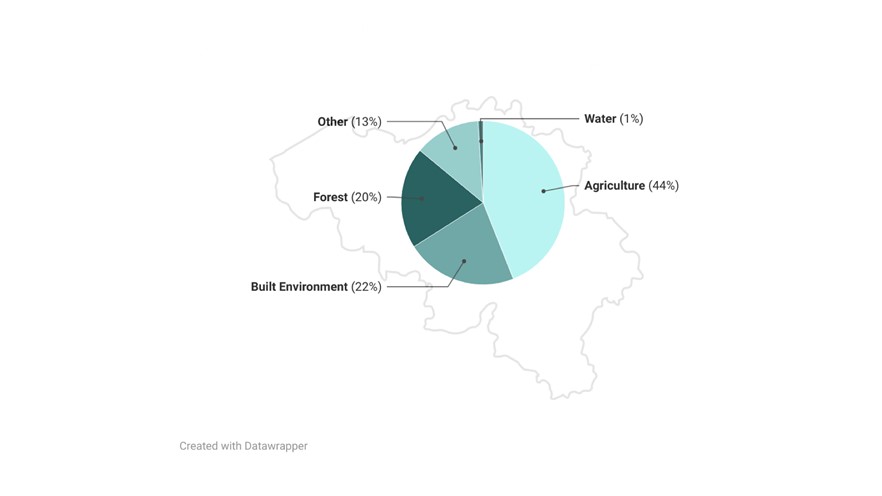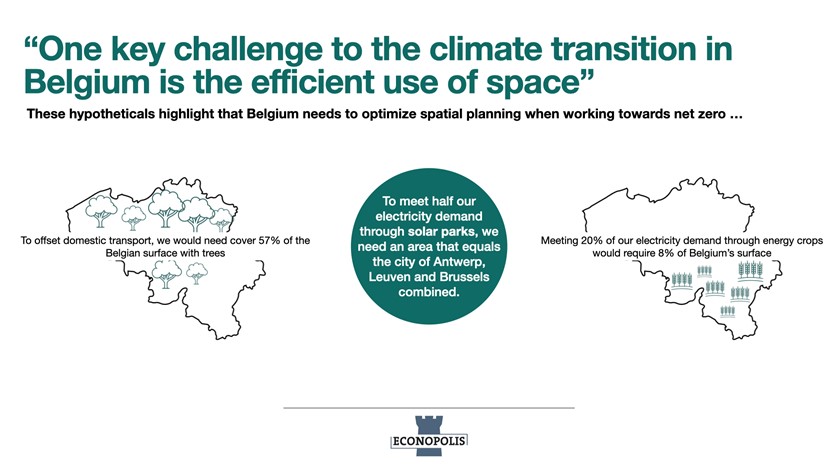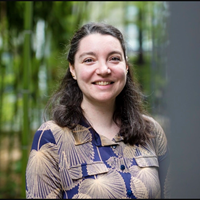Yanaika obtained an Msc in Bioscience engineering with a focus on Environmental Technology. She then deepened her knowledge on climate change through a second Msc in Carbon Management at the University of Edinburgh.
How limited space is adding complexity and creativity to Belgium’s climate transition
Each country works towards the climate transition with a set of assets, like Oman’s high potential for renewable energy or Belgium’s strong expertise in wind energy, and its own specific bottlenecks. One particularly interesting bottleneck Belgium faces is a relative shortage of space. Our country is small and densely populated, and ineffective spatial planning has let to ribbon development, making it challenging to effectively implement climate solutions like district heating or public transport. Furthermore, the largest land use in our country, with 44%, is agriculture. This is why climate solutions for agriculture such as organic farming cannot offer the full solution in our country, we simply do not have the space to unilaterally de-intensify our farms.

This lack of space adds a layer of complexity to our climate transition. When planning to implement a solution, for example solar energy, we must always ask ourselves the question of whether there is a more appropriate use for that area of land. When a stretch of land is freed up, there will be a long line of climate solutions ready to use it; growing crops for bioenergy, rewilding to protect biodiversity and sequester carbon, wind turbines, … all of which additionally compete with non-climate change uses such as construction development.

While our lack of space is a bottleneck, it can also enable us to be a leader in climate and sustainability, because it pushes us to approach the transition creatively. For example, our lack of space pushed Belgium to move away from landfilling and towards the more compact waste-to-energy facilities early on, making us a frontrunner in sustainable waste management. Indeed, for Belgium one key towards climate neutrality is optimizing the carbon reduction per square meter. Unlike Germany, we won’t find long stretches of solar parks along the roads, but we will utilize unused surfaces like roofs, building facades, or even parking lot shades. This area has a lot of potential: VITO calculated that just by optimally using our roofs we can add 100 GW in solar capacity – compared to the 5 GW of solar capacity we had in Belgium in 2021! Another interesting example is agri-PV, where solar panels and agriculture are combined to effectively use space and provide shade for crops.
Our lack of space also explains Belgium’s strong position in the blue economy: offshore wind, floating PV on seawater, … Belgium tends to pioneer in climate solutions that move toward our blue backyard.
